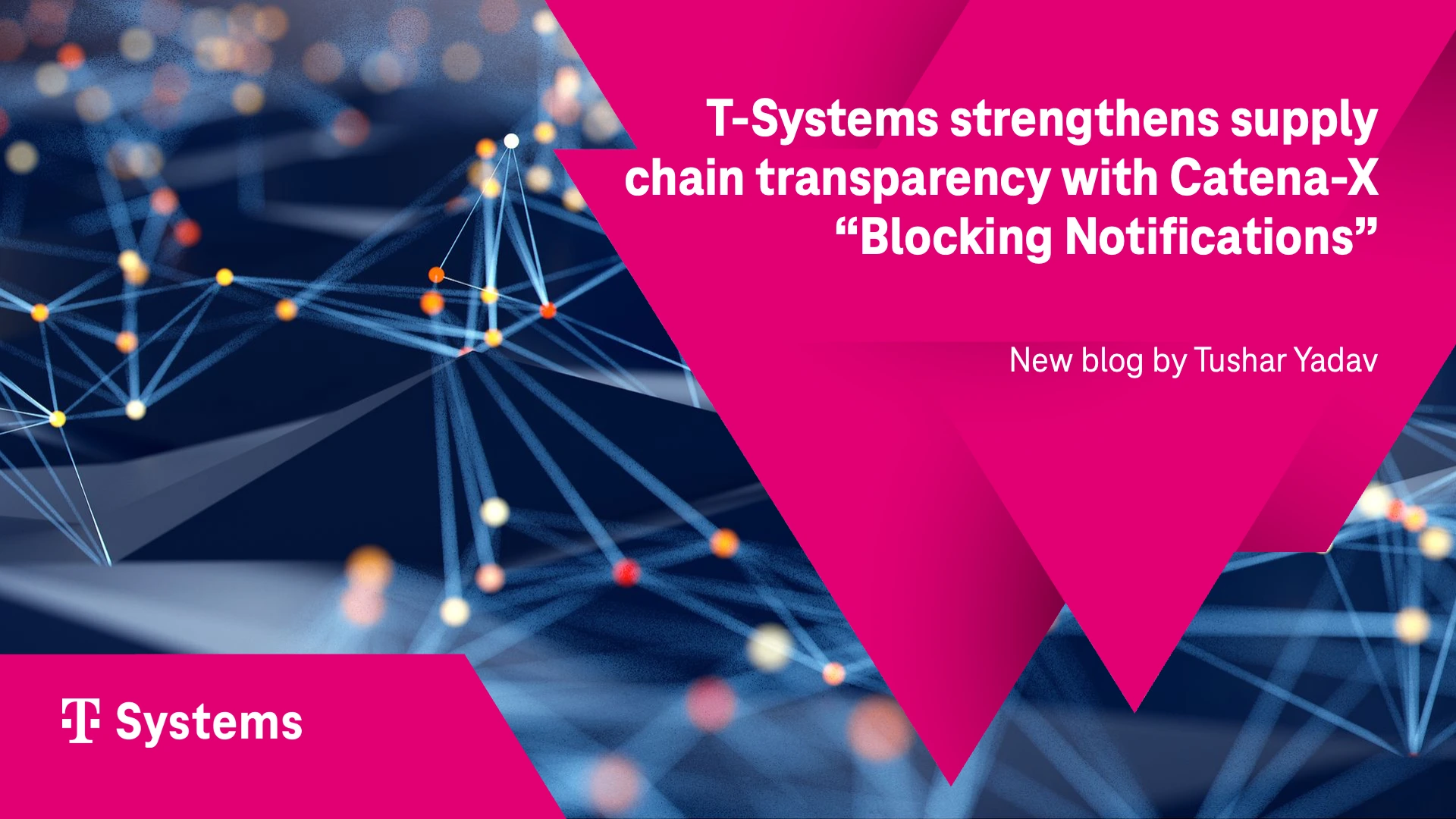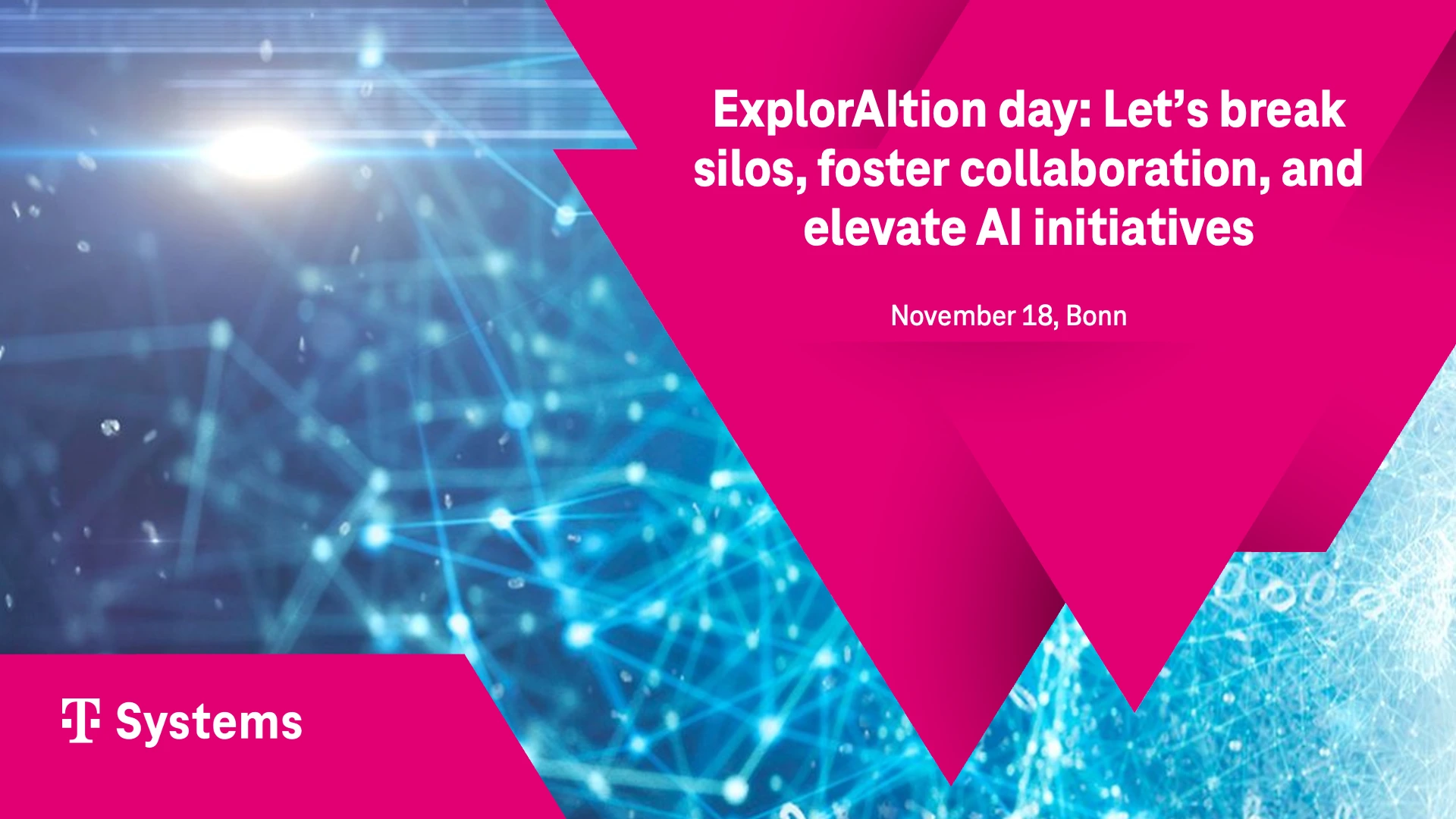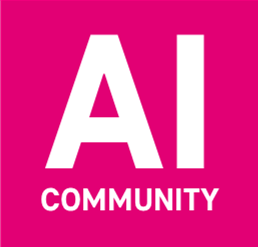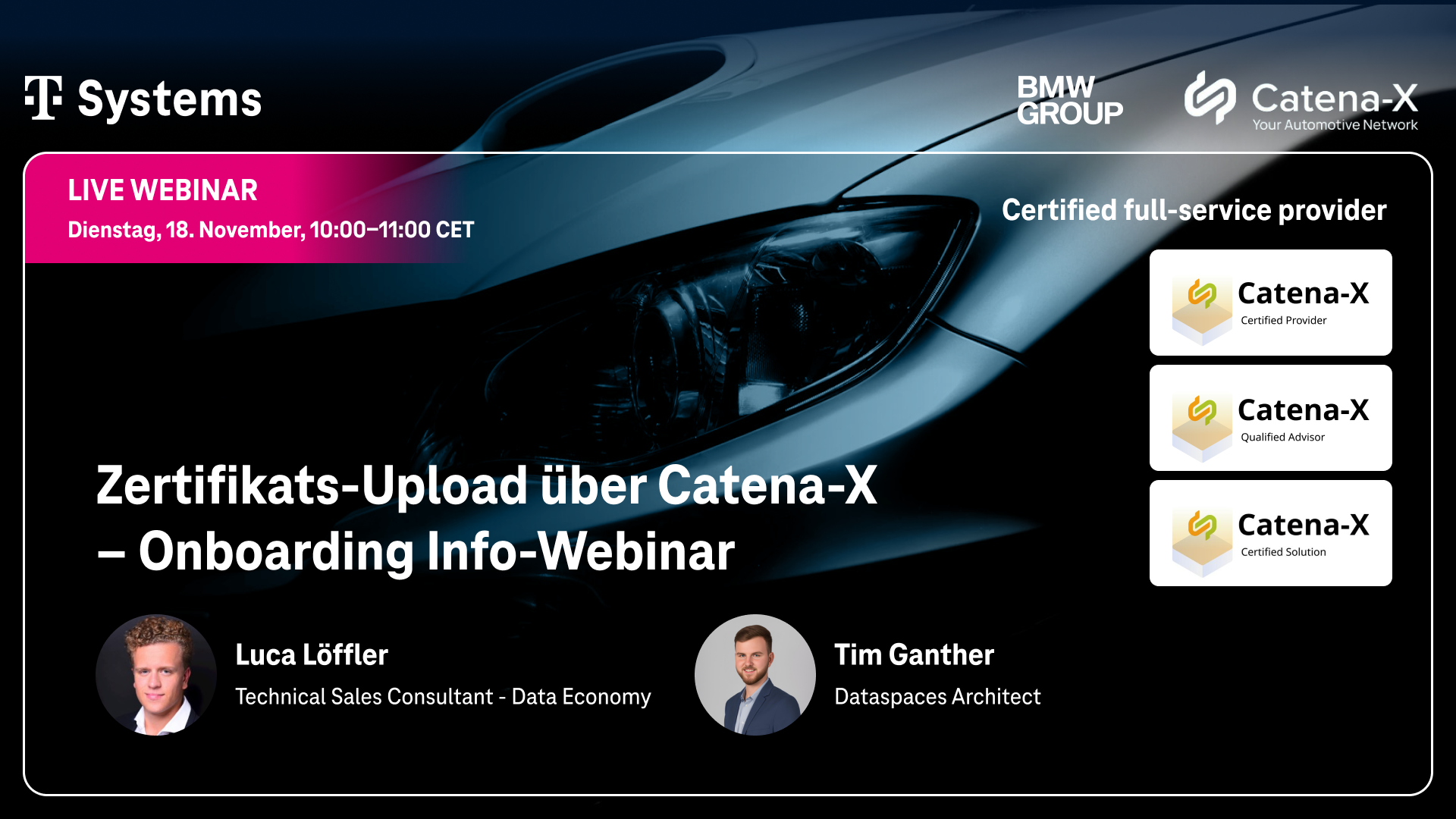Patch
Glossary Page
In the context of software and computer systems, a patch refers to a piece of code or software update that is applied to fix bugs, vulnerabilities, or enhance functionality in an existing software program or operating system. Patches are typically released by software vendors or developers to address issues discovered after the initial release of the software. Applying patches helps to improve security, stability, and performance of the software, and it is an important practice for maintaining a secure and up-to-date system.
https://it-service.network/it-lexikon/patch
Latest Webinars
Latest Articles

T-Systems' moves into next generation of excellence with Catena-X Saturn compatibility
T-Systems’ Connect & Integrate solution is now fully certified for the latest Catena-X “Saturn” release, effective November 25, 2025. This milestone enhances secure, cross-company data exchange in the automotive industry by introducing updated standards, stronger interoperability, and robust policy management. Saturn certification enables participants to confidently adopt Catena-X use cases ranging from certificate management to advanced traceability and carbon footprint tracking. With backward compatibility, cloud-agnostic design, and vendor independence, Connect & Integrate ensures scalability for SMEs and global enterprises alike. T-Systems provides expert guidance to support smooth migration from the previous “Jupiter” version, empowering organizations to unlock the full potential of Catena-X Saturn.
Read more

Tushar Yadav
Dec 05, 2025

Visitor Analytics PRO: Revolutionary Motion Data analytics for measurable business success
Visitor Analytics PRO by T-Systems turns anonymized motion data into actionable insights, helping businesses understand visitor flows, dwell times, and demographics with precision down to 150 m². Fully GDPR-compliant and automated, it delivers fast, reliable intelligence to optimize performance, plan strategically, and unlock measurable business success.
Read more


Tino Bliesener, Tobias Kleyböcker
Dec 03, 2025

T-Systems strengthens supply chain transparency with Catena-X “Blocking Notifications”
The Catena-X Blocking Notifications use case enables suppliers and OEMs to instantly flag quality or compliance issues across the automotive value chain. With T-Systems’ Connect & Integrate solution, companies can seamlessly onboard, exchange standardized messages, and collaborate in real time to prevent disruptions, increase transparency, and strengthen supply chain resilience. This streamlined, no-code approach empowers organizations to activate Catena-X use cases quickly and focus on delivering quality and operational excellence.
Read more

Tushar Yadav
Nov 17, 2025




